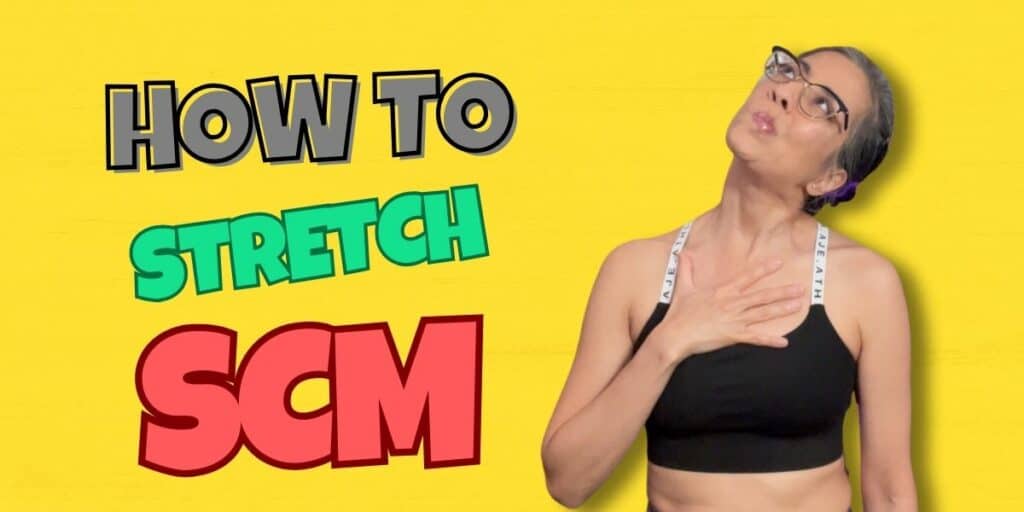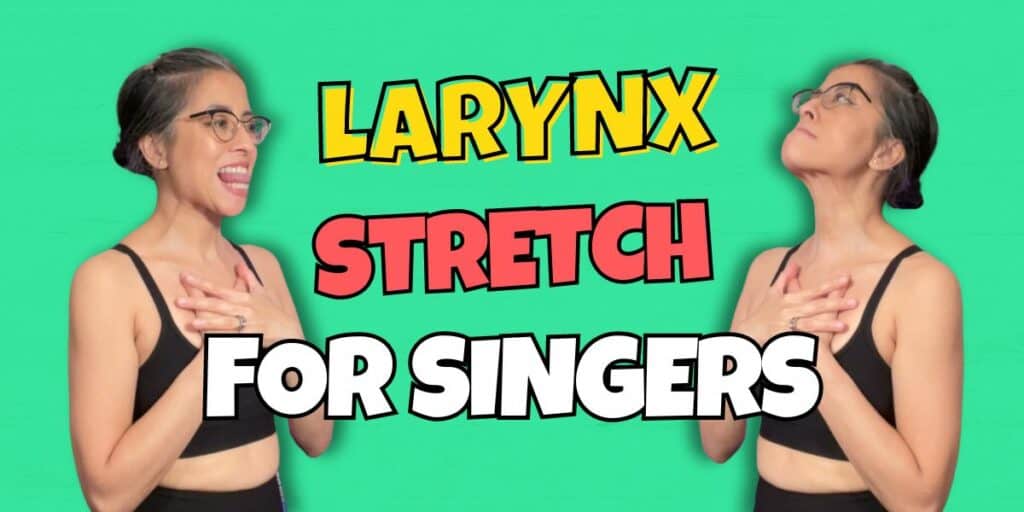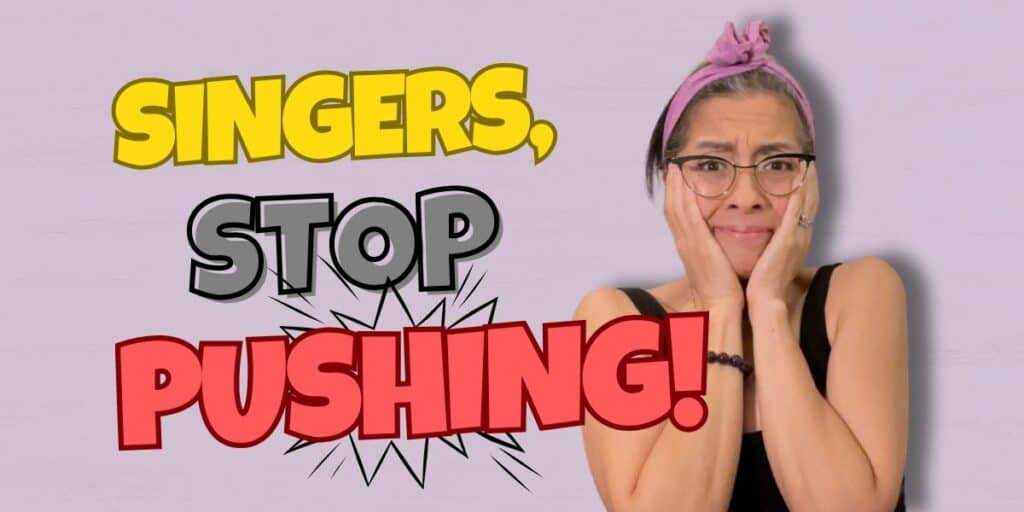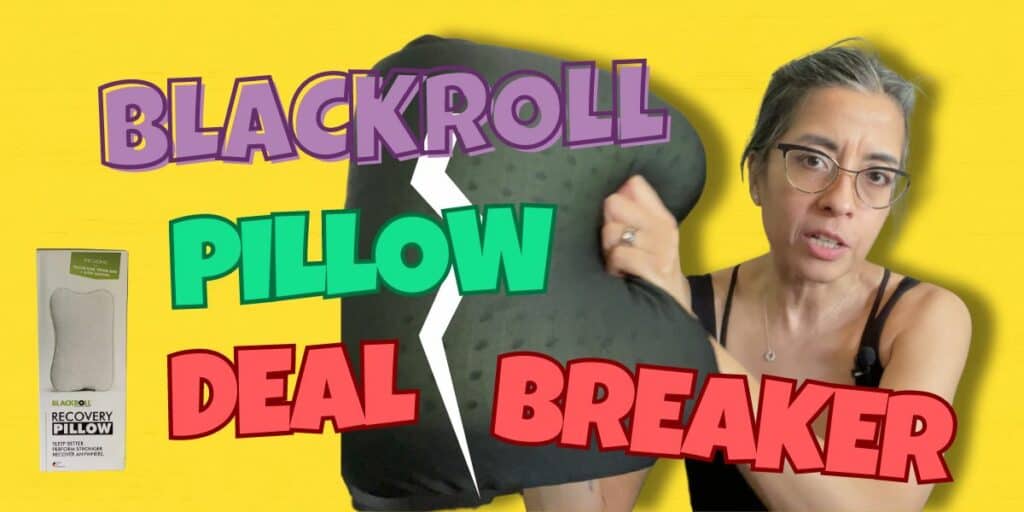In this episode of MoveMedics TV, I demonstrate how to observe your breathing – how to set yourself up for this, where to put your camera, the two steps to do, what to look out for, and what to do if you have an inefficient pattern for breathing.
Like This Post?
Never miss a post.
Get our blog posts delivered straight to your inbox!
Disclaimer: This demonstration is for education purpose only, if you have any concerns at all about your breathing and your health, please go see your doctor.
’Til next time, Be Free In Your Movement™.
x
Selina
B. Phty
This information is not medical advice. Got health concerns? Consult a real-life health professional.
Views are my own.
*Affiliate links. Your choosing to use these goes towards supporting my content creation. Thank you.
In today’s episode, I’m going to show you how to observe your breathing. I will show you how to set yourself up for this, where to put your camera, the two things you need to do, and also what to look out for. Ready? Let’s jump in.
Hi, I’m Selina, physio from MoveMedics, welcome to my channel. I help people improve their movement for fun and function, with special focus for doing the split, backbend, and also for singing. If these sound good to you please subscribe to my channel and make sure you ding that notification bell so you don’t miss my new videos when they come out.
In the Body-Voice Connection mini series, The Breath episode, I promised to show you how to observe your own breathing so here it is. Now this of course is for education purpose only, it is always a good idea to develop better awareness of how we use our body, but if you have any concerns at all about your breathing and your health, please go see your doctor.
I will first talk you through the process, the setup, and then I will show it to you.
The position you want to do your observation in is a supported high sitting position, which means you are sitting with your back comfortably straight and you are being supported.
At the clinic, I would just use my treatment bed, bring one of the ends up so my person can sit there with their back comfortably upright, with their legs out in front of them. I will then give them a pillow behind the head for the head support. I will give them one other pillow underneath their knees, and also pillows under their elbows to support their shoulders.
You can probably replicate this in your bed, especially if you have a bed with a high bed head, or you could use a chair, a dining chair or a lounge chair or your sofa. I will be using my sofa.
And when you use a chair just make sure that your feet are flat on the floor or are being supported. I will also stay away from a chair that moves, like an office chair on castors, unless you can lock that down and stop it from moving.
Next is your filming position. Now you definitely want to use a camera and not just sit in front of the mirror because if you are sitting there trying to observe yourself and do it at the same time, it will probably be too distracting and interfere with your natural pattern, which kind of defeat the purpose of the exercise, right.
So use a tripod if you have one or set your camera up somewhere secure, and experiment with the front-facing camera and also the selfie camera to see which one gives you a better perspective, and of course you can ask someone to film you for you.
And you want your camera to be coming from straight in front or just off to one side. Now I prefer to come from the side, it’s what I’m used to doing and it’s also much easier for my person to just look straight ahead and forget that I am there watching them.
And now you are ready to go. All you have to do is turn your camera on and get into your high supported sitting position and simply sit there and chill out for 30 to 40 seconds.
The less you can think about your breathing while you sit there the better, so perhaps watch some tv or listen to some music. For me, I was just staring outside my window looking at the tree and trying to see if I can spot a bird. Easy.
For step two we want to see what happens when you take a bigger and bigger breath, what happens as you inflate your lungs further and further, and we will do that over four breaths starting with your normal regular breath, and then a slightly bigger breath, and then an even bigger breath, and then the biggest breath you can comfortably take, and after this big breath you want to hold your breath for a count of three, and after three you just relax and let your breath come out.
You want to do this twice, the first one just to get a feel of it, and the second one to, will be the one. And you don’t need to do any more than that because we are after your most natural response, your most natural way of inflating your lungs, and not to mention that if you take too many deep breaths in a row you can make yourself dizzy so please don’t do that. Two times is enough and if you really have to, three times maximum.
And that’s it! Easy, huh. Now we can have a look at your footage.
What we are looking for is where the movement of your breathing comes from. What we want to see is your belly rising up gently as you breathe in and falling gently as you breathe out.
Now you are sitting in a really supported, comfortable position and just chilling out so there may not be much movement at all and that is totally normal.
And as you take a deeper and deeper breath we do expect to start seeing more movement, starting with your belly may rise a little bit more and then your lower ribs will flare up, and as you take more bigger breath your ribcage would rise more as well, and as you inflate further your chest, your sternum will rise up too, and as you are holding your breath your chest should stay confidently inflated, and then when you release your breath everything should just gently and easily fall back down.
If you do see what we have just described then brilliant, you are already breathing efficiently.
If you don’t, it’s okay. And what you may see is a paradoxical pattern for breathing where the opposite happens, where your belly goes in when you breathe in and comes out when you breathe out.
You may also see the upper chest pattern which is like an upside down one where instead of mainly your belly rising and falling you see your chest moving up and down.
Now these alternative patterns do indicate inefficient breathing, so of course the next question is why is that happening?
Is it because you have a respiratory condition that you don’t know about? Or do you have a respiratory condition that is not as well managed as it can be? Or perhaps it is related to stress and anxiety? I don’t know. I am not a doctor, I’m a physio, and these are definitely questions for your doctor, so if you do observe your self with inefficient patterns for breathing, please make sure you go see your doctor and talk to them about it.
Once you have seen your doctor and have it all sorted and got the a-ok from your doctor, then we can practice relaxed, efficient breathing.
In the next episode, I will show you a few ways of doing that and also some tips to help you better connect your breath and your body, but until then, I would love to hear from you. What is your natural pattern for breathing? Drop me a comment to let me know.
I’m currently working on some awesome online movement programmes and I have programmes that are specifically designed for singers and also for people who want to do the splits or bend their backs, if you want to be the first to know when they are ready. make sure you are a part of the MoveMedics family, you can join the fam using this link and I’ll also pop the link in the description box so you can click it and head straight over to my website.
I want to invite you to come hang out with me over at the Instamagram where I say, share bite size movement and mindset tips.
I want to thank you very much for hanging out with me today, I appreciate your lots and I look forward to seeing you in the next episode.
And until then, thank you very much for watching and Be Free In Your Movement™







